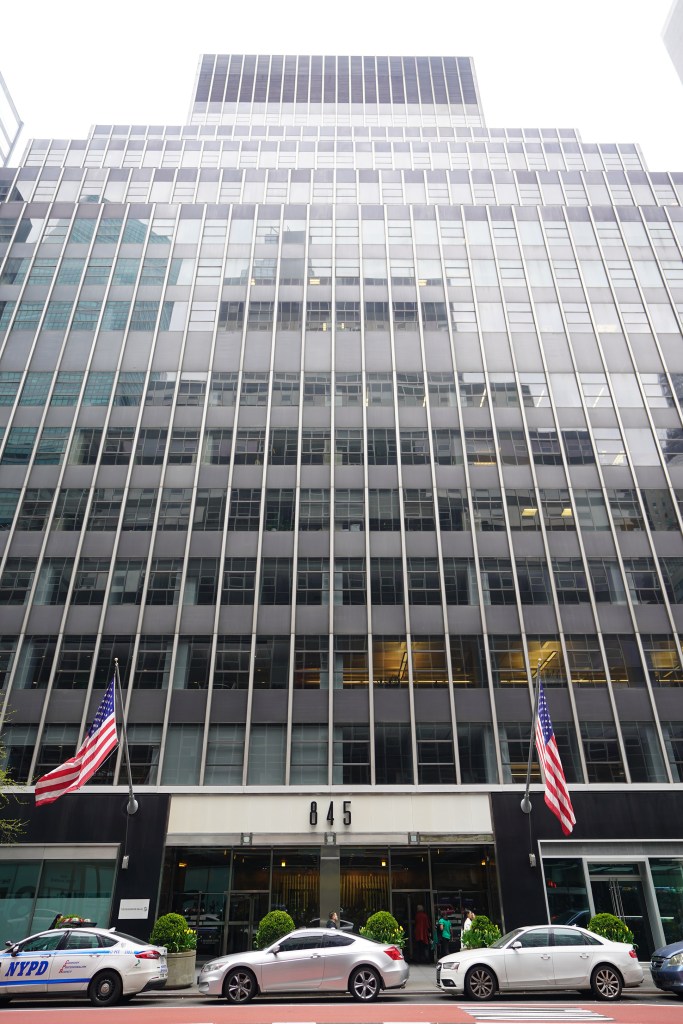The city desperately needs more rental housing. Hundreds of obsolescent older office buildings stand near-empty. So why not use one problem to solve the other?
The way is to give landlords property-tax abatements to help pay the high costs of converting useless old offices to rental apartments.
The city’s largest commercial landlord, SL Green, is quietly promoting such a strategy which, although forgotten by many, worked spectacularly well in the past.
Its time has come again — but only if woke Albany legislators get over their ingrained hatred of real estate companies and show some common sense.
Gov. Kathy Hochul and lawmakers are duking it out over a hornet’s nest of housing issues, such as whether to restore tax incentives for new construction that includes affordable housing — a benefit that cratered when the 421-A program expired in 2022.
It was a death blow to new-housing creation. In 2023, a mere 9,090 units were going up citywide, compared with more than 45,000 in 2022.
But now, SL Green is floating the eminently practical idea of giving developers tax breaks, not necessarily to put up brand-new buildings, but to convert existing but useless offices to new homes, provided that the conversions include a meaningful number of affordable units.
Robert Schiffer, SL Green executive vice president of development said, “It would be seismic for the city’s Class B and C buildings” — meaning scores of antiquated office addresses that no longer appeal to tenants.

A similar approach helped to save the Wall Street area from ruin a quarter-century ago, when former Mayor Rudy Giuliani, with state backing, gave tax relief to owners of over-the-hill downtown office buildings to redesign them for housing.
Between 1995 and 2006, the so-called 421-g program catalyzed conversion of a staggering 13 million square feet of useless downtown offices to nearly 13,000 apartments and brought a sea change to a part of town that once closed up at 5 p.m.
They were all market rate, unlike in the current plan being discussed.
SL Green doesn’t have a formal lobbying campaign. Rather, it’s “educating key stakeholders, such as elected officials, community groups and housing advocates, about the benefit of such an approach,” Schiffer said.
The company is “walking them through” the opportunity that could transform, for example, the company’s 750 Third Ave. between East 46th and 47th streets.
The obsolescent, 34-story office building that opened in the 1950s is now 80% vacant.
“We’re helping to frame the issue” in a way that might ultimately lead to legislation,” Schiffer said.
SL Green wants to turn 750 Third into 543 units, of which 25% would be affordable.
The project would likely cost a quarter-billion dollars, Schiffer estimated.
But it would bring sorely needed new housing and life to Third Avenue, the sick man of the Midtown market, where office vacancies top 30% and scores of stores and restaurants have closed.

Doesn’t the strapped city need every tax dime it can get? In fact, tax abatements for conversions would cost the municipal coffers relative peanuts.
At 750 Third Ave., for example, the city would forego $10 million in annual property taxes.
But the city is projected to collect $16.1 billion in property tax revenue in the second quarter of 2024 alone, said the city comptroller’s office.
Although the Albany talks are taking place amid a fog of conflicting agendas, City Planning Commissioner Daniel Garodnick told me, “A tax abatement [for conversions] is right now under consideration as part of the budget conversation.”
Such a step would not benefit SL Green alone.
Rudin Management, which owns half-empty 845 Third Ave., built in 1963, also is watching.
So are the owners of 111 Wall St., an entirely empty, 1960s-vintage, 24-story tower that was redesigned for modern use, only to be staggered by the one-two punch of the pandemic and crushing interest rates.
The owner, InterVest Capital Partners, wants to convert it to 1,300 apartments.
Mayor Eric Adams is trying to make office-to-homes conversions easier with an “Accelerator” program to cut through red tape.
It’s also working on a zoning revision to widen the areas where residential conversions are allowed.
But tax abatements depend on convincing far-left legislators who’d replace free-enterprise real estate with Soviet-style Five Year Plans if they could.
The Big Apple is rooting for Albany’s obstructionists to get over their Marxist fantasies and do the right thing.

